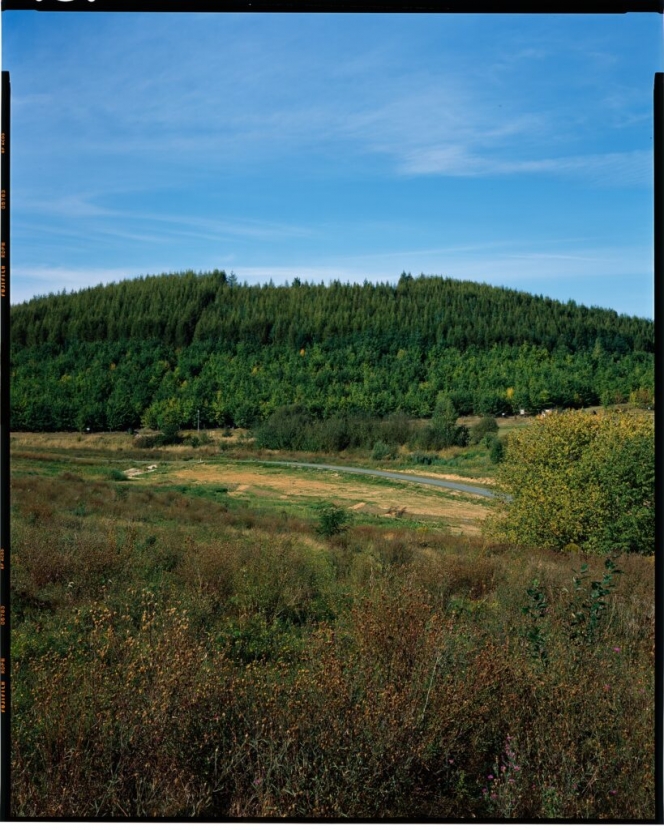
HYPERREA FLORA – HALDEN / MADE BY US: Saori Kaneko, Richard Welz /
2018 / 3 von 10 stereo-photography / wood, mirror, polyester, aluminium, Fujichrome Provia 100F RDP III, LED-lamps / each 80 x 50 x 30 cm
MADE BY US – Radioactive Radiation in Germany and Japan is a political and media-reflective, artistic-scientific project on the release of radioactivity into the environment. Founded in 2011 by Saori Kaneko and Richard Welz in cause of the triple disaster of Japan (earthquake – tsunami – and from that – nuclear accident of Fukushima Daiichi).
Kaneko and Welz present an interdisciplinary and intercultural examination of the socially relevant but strongly suppressed issue of radioactive contamination, in particular its long-term effects caused by nuclear catastrophes and uranium mining. The partners scrutinise the positive and negative aspects of nuclear development and highlight parallels between the accidents in Chernobyl and Fukushima. Due to their personal background and relationship to the topic, the two artists concentrated their project on Germany and Japan.
The work HYPERREALE FLORA – HALDEN consists of three-dimensional images of Thuringia places of the former uranium mining. Between 1946 and 1990, after the Second World War, huge amounts of uranium were mined by the Soviet occupation in Saxony and Thuringia so that the Soviet nuclear industry could build nuclear weapons. Around Gera there were several such uranium mines and a large open pit mining. The residues of the mining industry were heaped up on mounds, a well-known example is Pyramids of Paitzdorf. Since 1991, a large-scale renovation program has taken place.
Around Ronneburg there are a lot of places, which are subject to transformation, for example, the former waste slagheap Beerwalde. Originally, the mound did not exist, was created as a result of uranium mining and has now been redeveloped to sustainably adjust impacts on the population and the environment to the natural environment. The artificially created mound is called building of landscape. The slagheap Drosen was heaped up on the slagheap Beerwalde and covered with a thick protective layer. On the new mound, plants were planted to protect the soil from erosion for a long time and to feed certain species of birds – Garden of fruits. The heap is opened weekly for the curios. Irritating is the purpose for nature conservation. An extremely unnatural place offers space for endangered nature.
New landforms have emerged that exist in reality but reach an extremely unnatural state in terms of an anthropological context. We transfer this to an exhibition context using three-dimensional photography. The extremely high-resolution photography on slide film as a created spatial image approaches reality, which has been attempted with these techniques since its invention in the 1830s. However, it is a non-moving image, which has an ambivalent effect on the natural view, thus acting as a hyperreal-looking image. With the help of a self-made tripod mount a complex 8×10 inch camera was adjusted, so that there was the possibility to take outdoors stereo photographs of 23 heaps between Löbichau and Kleinreinsdorf. The motifs are viewed using the pigeon method (viewing two fields through a mirror) with wooden boxes. The right front image is viewed from the frontal and aligned with the other image via an almost vertically positioned mirror, so that the spatial image is created in the head and thus creates an intangible reality.
Biografie | Projektwebseite
Anneli Ketterer (*1966), nomadische Objektkünstlerin




